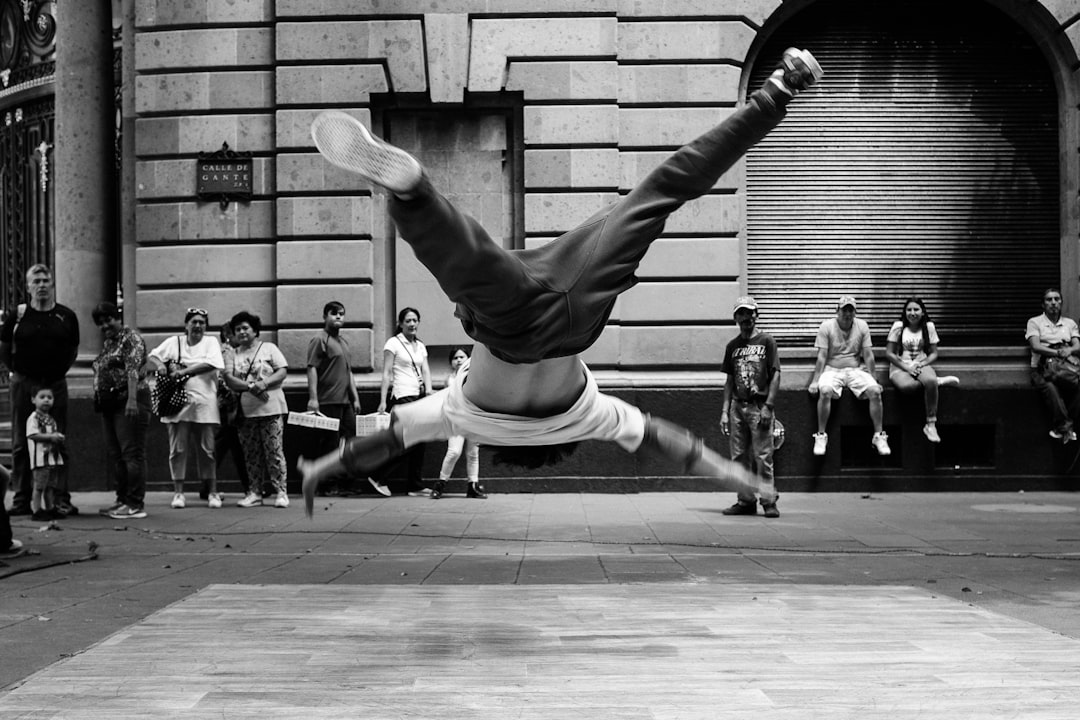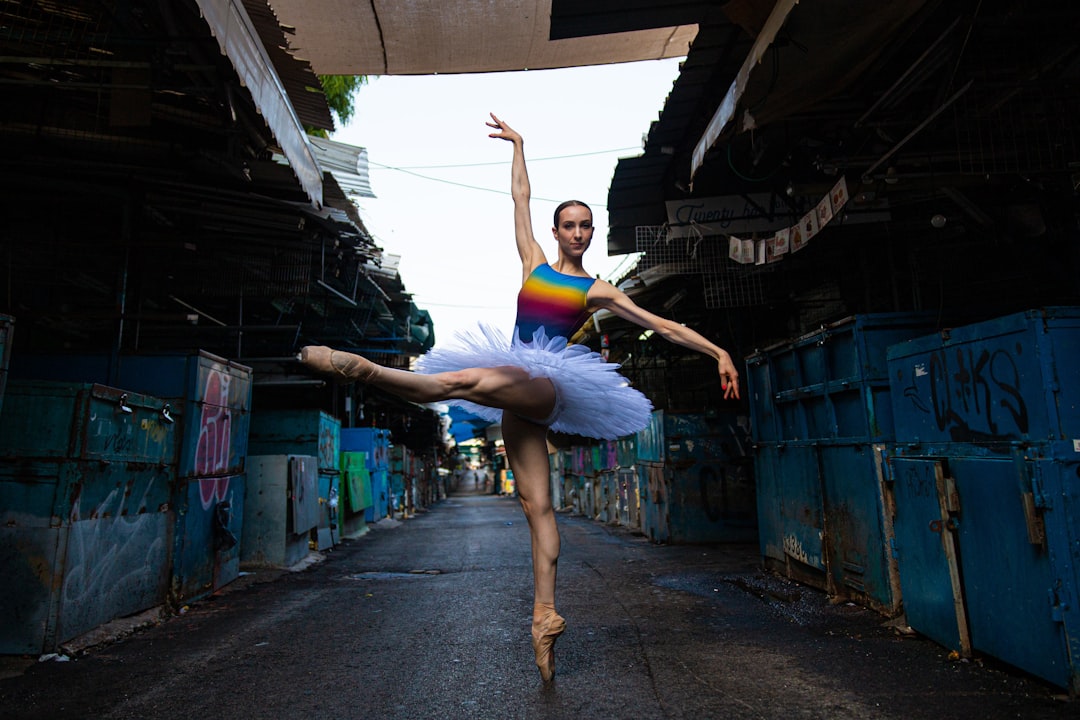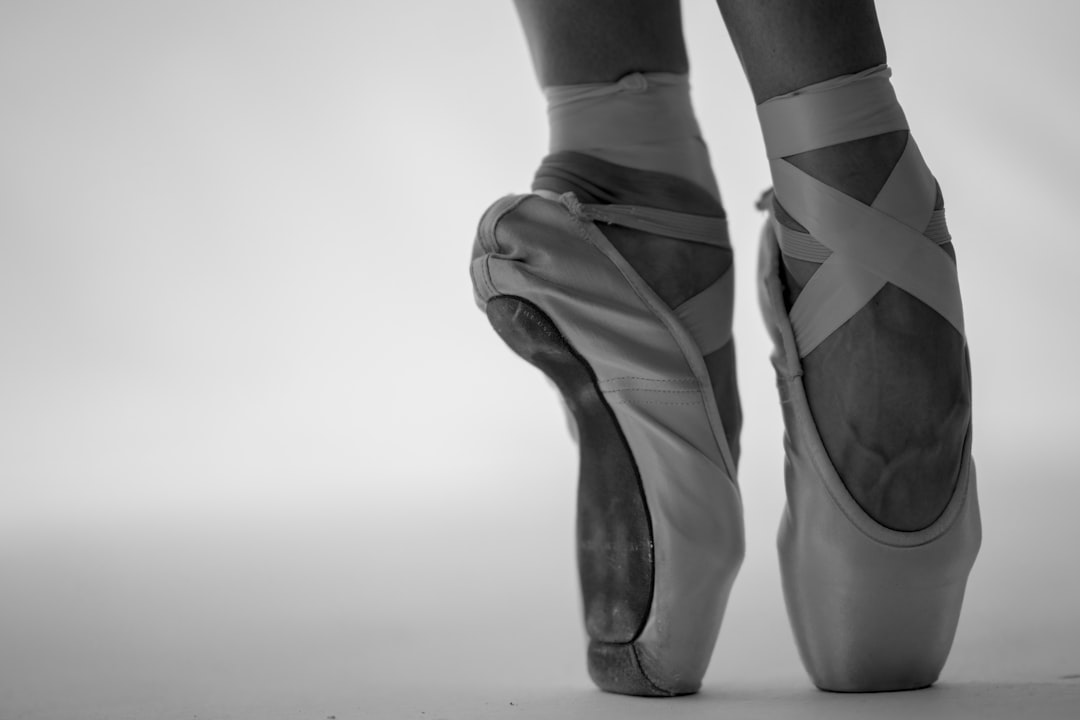What is the best type of dance photography? There are many types of dance photography. Most of us think of taking portraits of dancers in a formal studio environment. But there are so many other types of dance photography. For example, there is a lot of great dance photography done in parks, on beaches, and on city streets. There is also wonderful dance photography done at festivals, events and social gatherings. These types of dance photography can be as simple or as complex as you like. They include anything from formal studio sessions to more casual self-portraits at home.
Shooting beautiful dance portraits is not easy. You need to be patient, you have to shoot dancers at the right angles and the best time is at the very end of the dance. If you don’t take a lot of time before you start shooting and you are quick at catching the dancer at the right moment, the result can be stunning. I had this idea for a project on photography and dance. I wanted to show that great portraits can be created by dancing with your subject.
Table of Contents
Be spontaneous.
The best type of dance photography is usually done spontaneously and when the dance is happening in the moment. This is because you are capturing the energy of the dancers. When the dancer isn’t thinking about their next move, the energy of the dance will show through in the photographs. Also, when you capture a dance at its peak, it can make a great image to remind people of the joy and beauty of dancing. There is nothing more beautiful than a dancer in the midst of movement. The dance photographer should never force the dancer to freeze. Instead, let the dancer do what they are doing naturally. It is up to you to choose the best images for your portfolio. You might think of doing some practice shooting to get some ideas before the event.
Get a good location.
There are many types of locations where you can take beautiful dance portraits. For example, dance photographers often use parks, beaches, and city streets. You can also use a studio. The important thing is that the dance is being performed in an interesting place. If the dance is taking place at home, it is preferable if it is somewhere where there are no distractions or interruptions. However, in all types of dance photography, you must be aware of any background noise or other noises that may interfere with the dance. For example, it’s very annoying when you take a dance photograph and the dancer stops to hear their phone ringing. You also have to consider your own safety. If you are taking photographs, make sure you don’t block any escape routes.
Be creative with your camera.
There are many different ways to shoot beautiful dance portraits. Some dance photographers use a long telephoto lens. They will often use a long lens to get up close and capture the dancers in a single frame. The dancer is then cropped into the image. Other dance photographers use a wide-angle lens to capture the whole scene at once. They will often use the full length of the lens to capture the dance scene and cut out the dancers from the background. There are even some dance photographers who will take a number of images as the dance is happening, either on the memory card or directly on the memory card. Then, after the dance, they will delete the images or organize them into folders. In any case, it is important to think about what you want your photograph to look like. For example, if you are taking a portrait, the best technique will be to use your flash. If you want a more abstract look, you could use a softbox. It is up to you to figure out what works best for you.
Capture the emotion.
If you want to capture the beauty of dance, you must focus on the emotions of the dancer. This can often mean working quickly. You can also be deliberate about capturing the emotion. For example, you can use a long lens to capture the emotion of a dancer at the end of a performance. You can try shooting an image that shows the dancers looking at each other with an expression of joy and love. Or you might find it interesting to shoot a couple dancing slowly. In this type of image, the photographer has used a slow shutter speed to capture the movement. The background is blurred but the dancer’s faces are sharp.
Be patient.
It takes practice and skill to shoot beautiful dance portraits. You need to learn how to use your camera. You also need to learn when to shoot and when to stop. It’s always best to get good practice in before you take the cameras out for real. This means shooting practice images using the same settings as the images you plan to take on the day. This also means having enough time to shoot the dance before it starts. If there isn’t enough time, it will be difficult to capture the emotions of the dance. If it is possible, try to get some practice in on your own before going to an event. This is especially important if you are taking pictures of a competition or a group performance.
Know your settings.
There are many ways of shooting beautiful dance portraits. Some photographers use the flash for their portraits. If you are taking a portrait, you should use a slow shutter speed. For example, you can use a 1/30 second or even a 1/125 second shutter speed. There are also some photographers who prefer to use a tripod. If you are using a tripod, you should choose a high enough shutter speed. The minimum speed that you should be using is at least 1/15 seconds. In addition to this, you should make sure that the lens has a low enough aperture. The maximum aperture that you can use depends on the type of camera.
Make sure that your camera is ready when you are.
Dancers often come to the studio prepared to be shot, with a selection of clothes, make up and accessories. That is fine if you have a clear idea in your mind about what you want your portrait to look like. If you are not sure, it’s better to wait until your dancer arrives. Dancers usually arrive a few minutes before they need to perform. At this stage you have the opportunity to see your dancer for the first time and adjust your ideas to suit her or him. If you don’t like what you see you can change the lighting, the costume, the make up, the background, or you can ask the dancer to change something.
Be brave.
Ask your dancer to do things she or he wouldn’t normally do. Have fun with it. If your dancer is comfortable with you and you are working with a friend or two, you may be able to persuade them to act silly, to let you film them in strange places, to stand on a chair, to take off their clothes, or to do a funny dance. The more creative you can be the better your shots will be.
When I first met a young dancer who was shy and who I had not heard about before, I asked him to sit down on my lap. He didn’t know how to react and I wasn’t sure what he would say. However, once he realized what I was asking him to do, he was keen to have his picture taken with me. The shoot lasted about 15 minutes, but it gave us an interesting opportunity to work together and I ended up with some beautiful images.
Get the right angle.
This is important, as you don’t want the dancer’s face to be at the top or bottom of the frame. Instead, get the shot so that your dancer’s face is either on the right or left side. Your dancer should look at you and not the camera. Also, be aware of the background. You want a background which is light and soft so that you can still see the dancers’ feet.
What to do if the dance ends
If you think that your shoot is going well, but the dance is about to end, you have to act fast. When your dancer is on her or his way back to you, you need to start shooting and keep the shutter pressed down until the dancer leaves the frame. You will find that this is much harder than you might expect and it will take practice.
When you first start shooting, you will miss a lot of shots. However, with a little practice you’ll learn how to move faster and to get a better balance between taking too long and not having enough time.
Shooting at the end of a dance performance
You need to be ready for the shoot when the dance starts. This means that your camera should be charged, with film in the camera, and you should be sitting comfortably where you will be able to shoot without bumping into the dancers. The best place to sit is at the side of the stage and near the back wall. You want to be out of the dancers’ way so that they can’t obstruct you. It’s important to remember that the dancers will be concentrating on their performance and may not be aware that you are there. Also, do make sure that you can see the dancers’ feet, otherwise you won’t be able to get a good shot.
Shooting in the studio
It’s important that you make the most of the space. The space you have to work in should be light and open. Use a tripod if it is necessary. Don’t stand next to the dancers as this will block the light, and don’t get in their way.
If you want to take more than one photo of a dancer, shoot quickly when the dancer’s pose is about to end and you will have time to change the setting on the camera and to re-focus. When you are taking a second or third portrait, try to take a shot which looks like the first.
When you are working with a friend, it’s always a good idea to shoot separately. It helps you to be confident in front of the camera and your friend can take some shots without worrying about you.
Conclusion
Dance photography is one of the most fun and challenging forms of photography. As a dancer, you have an opportunity to capture amazing moments in time and in motion.
There are many aspects that make dance photography challenging. One of the biggest challenges is getting close to your subject, which often means shooting with a wide-angle lens.
Another challenge is the fact that you are usually shooting with a limited number of lights. If you don’t have access to a studio, you can create a similar look by using a flash off camera.
As a photographer, you have to pay attention to light quality, composition, and framing. The right balance will help you create beautiful images that will enhance your portfolio and get you noticed.





